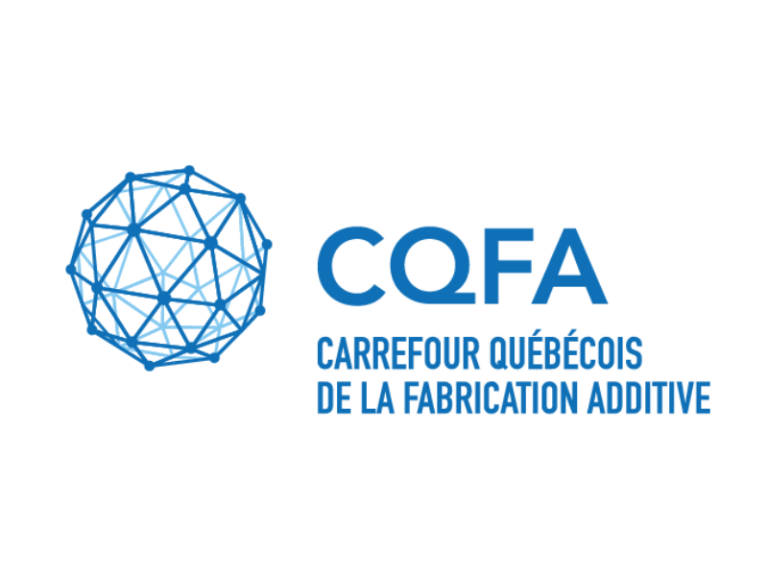
2022/09/01
Benchmarking of 316L Stainless Steel Manufactured by a Hybrid Additive/Subtractive Technology
Sarafan, S.; Wanjara, P.; Gholipour, J.; Bernier, F.; Osman, M.; Sikan, F.; Soost, J.; Amos, R.; Patnaik, P.; Brochu, M. (2022). Benchmarking of 316L Stainless Steel Manufactured by a Hybrid Additive/Subtractive Technology. J. Manuf. Mater. Process. 2022, 6, 30.
This research study investigated the hybrid processing of 316L stainless steel using laser powder bed (LPB) processing with high-speed machining in the same build envelope. Benchmarking at four laser powers (160 W, 240 W, 320 W, and 380 W) was undertaken by building additively with machining passes integrated sequentially after every ten deposited layers, followed by the final finishing of select surfaces. The final geometry was inspected against the computer-aided design (CAD) model and showed deviations smaller than 280 µm for the as-built and machined surfaces, which demonstrate the good efficacy of hybrid processing for the net-shape manufacturing of stainless steel products. The arithmetic average roughness values for the printed surfaces, Ra (linear) and Sa (surface), were 11.4 um and 14.9 um, respectively. On the other hand, the vertical and horizontal machined surfaces had considerably lower roughness, with Ra and Sa values ranging between 0.33 µm and 0.70 µm. The 160 W coupon contained layered, interconnected lack of fusion defects which affected the density (7.84 g·cm−3), yield strength (494 MPa), ultimate tensile strength (604 MPa), Young’s modulus (175 GPa), and elongation at break (17.3%). By contrast, at higher laser powers, nearfull density was obtained for the 240 W (7.96 g·cm−3), 320 W (7.94 g·cm−3), and 380 W (7.92 g·cm−3) conditions. This, combined with the isolated nature of the small pores, led to the tensile properties surpassing the requirements stipulated in ASTM F3184—16 for 316L stainless steel.